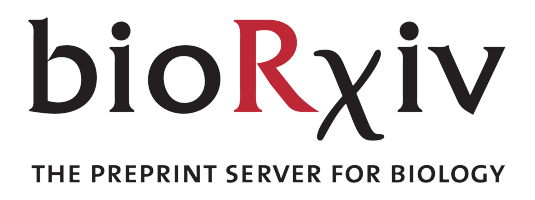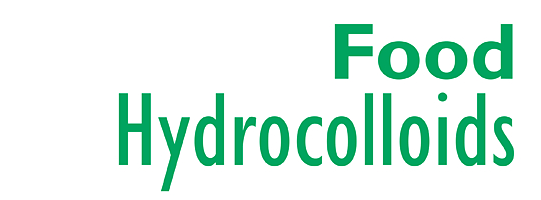Modulating protein unfolding and refolding via the synergistic association of an anionic and a nonionic surfactant
Key Takeaways
This paper explores the complex interactions between proteins and surfactants. Through careful titration, the authors reveal how proteins undergo unfolding and refolding at varying ratios of ionic and nonionic surfactants, uncovering unexpected behaviors along the way. A deeper understanding of this interplay is essential for applications that rely on surfactants to stabilize proteins, including drug formulation, biotechnology, and beyond.
Abstract
Hypothesis
Nonionic surfactants can counter the deleterious effect that anionic surfactants have on proteins, where the folded states are retrieved from a previously unfolded state. However, further studies are required to refine our understanding of the underlying mechanism of the refolding process. While interactions between nonionic surfactants and tightly folded proteins are not anticipated, we hypothesized that intermediate stages of surfactant-induced unfolding could define new interaction mechanisms by which nonionic surfactants can further alter protein conformation.
Experiments
In this work, the behavior of three model proteins (human growth hormone, bovine serum albumin, and β-lactoglobulin) was investigated in the presence of the anionic surfactant sodium dodecylsulfate, the nonionic surfactant β-dodecylmaltoside, and mixtures of both surfactants. The transitions occurring to the proteins were determined using intrinsic fluorescence spectroscopy and far-UV circular dichroism. Based on these results, we developed a detailed interaction model for human growth hormone. Using nuclear magnetic resonance and contrast-variation small-angle neutron scattering, we studied the amino acid environment and the conformational state of the protein.
Findings
The results demonstrate the key role of surfactant cooperation in defining the conformational state of the proteins, which can shift away or toward the folded state depending on the nonionic-to-ionic surfactant ratio. Dodecylmaltoside, initially a non-interacting surfactant, can unexpectedly associate with sodium dodecylsulfate-unfolded proteins to further impact their conformation at low nonionic-to-ionic surfactant ratio. When this ratio increases, the protein begins to retrieve the folded state. However, the native conformation cannot be fully recovered due to remnant surfactant molecules still adsorbed to the protein. This study demonstrates that the conformational landscape of the protein depends on a delicate interplay between the surfactants, ultimately controlled by the ratio between them, resulting in unpredictable changes in the protein conformation.
Other Publications Featuring Labbot

Phase separation of protein kinase A regulatory subunits is driven by similar inter- and intra-molecular interactions involving the inhibitory segment
In the cell, proteins can phase separate to form local, transient compartments that regulate key functions. But what are the driving forces behind this, and how does it relate to other types of protein interactions? To address this, the Magnus Kjærgaard research group in Aarhus developed a framework to quantify the distinct energetic forces governing these interactions.

Effects of solution conditions on the self-assembly of the chaperone protein DNAJB6b
Our cells are kept clean by a host of protein chaperones that prevent the buildup of misfolded proteins linked to dementia and other diseases. In this study, the Sara Linse group takes a close look at one such chaperone, DNAJB6b, exploring how it forms clusters of different sizes under various conditions. This clustering behaviour appears to be central to DNAJB6b’s remarkable ability to suppress protein aggregation.

Tunable self-association of partially dephosphorylated beta-casein
Adapting milk protein from cows for human infant nutrition requires an in-depth understanding of how the proteins differ. In this collaboration between the University of Copenhagen and Arla Foods Ingredients, the authors explored how calcium and phosphorylation state govern the self-association of industrially prepared β-casein.

